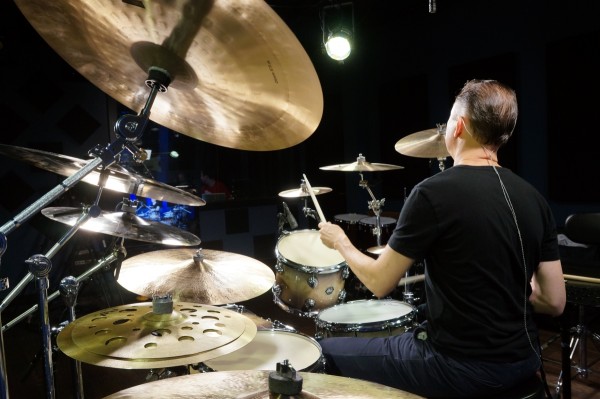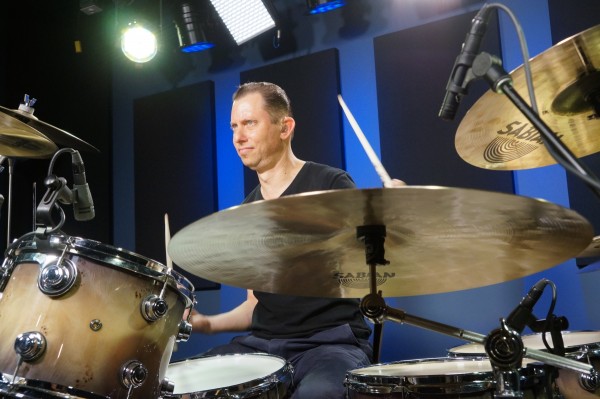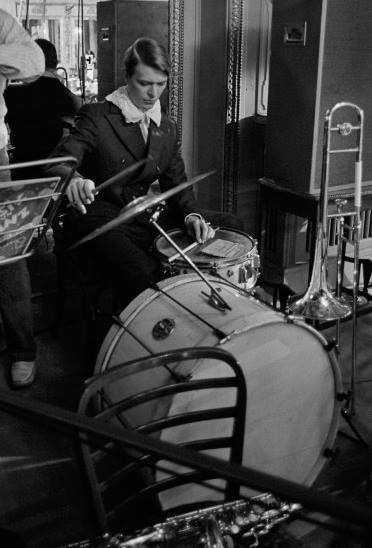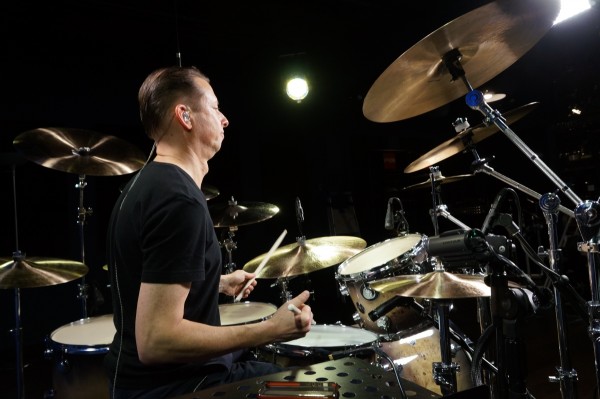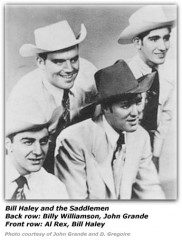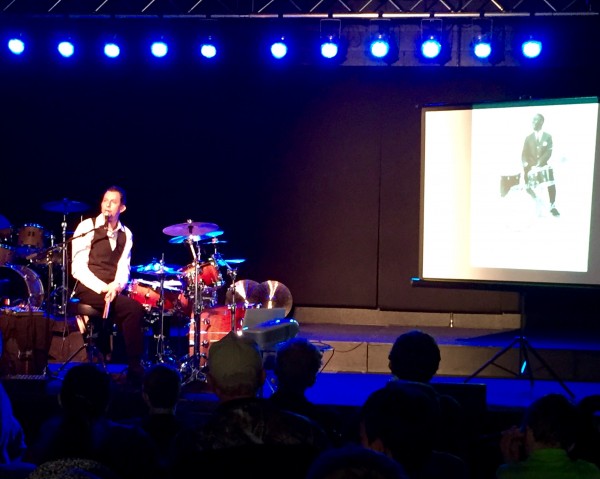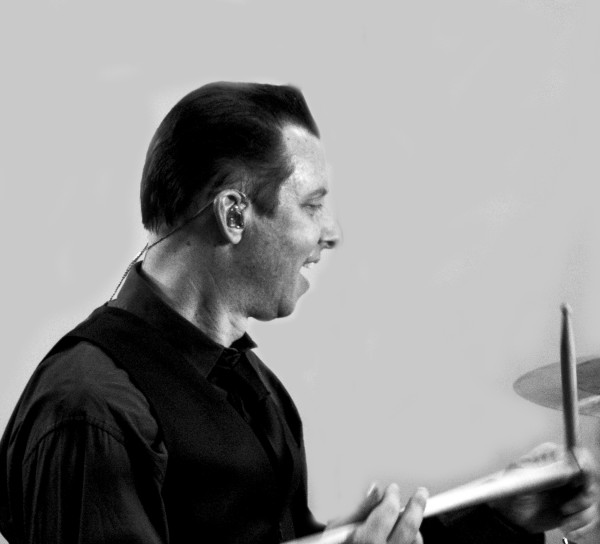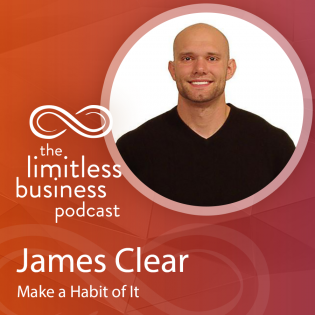David Bowie
David Bowie’s first album came out in 1967, when I was just a year old. His final album was released three days ago. During the intervening 48 years, David Bowie put a steady stream of brave, bold, intelligent and fantastic music into the world, always living on the cutting edge, always evolving as an artist.
With each new decade, and each new incarnation, Bowie’s music imprinted itself on the soundtrack of my own life – providing insight, inspiration and commentary to whatever I happened to be experiencing at the time. The number of musicians who have impacted me in this manner can probably be counted on one hand. I didn’t love all of Bowie’s output, but I always listened – he made music that was worth listening to.
Just last week, I wrote a piece on this page about Bowie’s latest creation, Blackstar, a record that once again defies any attempt at categorization, and challenges our notions of who David Bowie is. I have been listening obsessively to Blackstar since I wrote that piece. Who could know that Bowie designed this record as a parting gift, as a secret that would only be fully revealed with his passing on Sunday. His longtime producer Tony Visconti put it best when he said “Bowie’s death was no different from his life — a work of Art.”
For me, Bowie’s departure leaves a gaping hole in the world of music – an uncalculable loss. How can there be a world without David Bowie? He really did seem like some kind of alien, an energy force to whom the rules of life and death did not apply. Undoubtedly, Music will move on, but my heart breaks to let go of this man who has spoken to me, taught me, inspired me and given me great joy for practically my whole life. I know I’m not the only person who feels this way.
Godspeed, Major Tom – one can only imagine your next cosmic destination.
Daniel Glass Podcast 003 – My Favorite Concerts, Part 1
Podcast: Play in new window | Download
Subscribe: Apple Podcasts | Android | RSS
OVERVIEW:
In this podcast, Daniel shares a series of important concerts that impacted his life growing up in Hawaii, and discusses how these events influenced his path as a professional musician.
SHOW NOTES:
Resources, references and links featured in the podcast.
Arlo Guthrie, performing “The Motorcycle Song” in the early 1970s. This song is emblematic of Guthrie’s folksy, storytelling style – sometimes silly, but masterfully woven together. Great for a young kid with his ears wide open.
Joan Baez, “Farewell Angelina.” This song got a lot of airplay in my childhood home.
John Denver, around the time I saw him in the mid-’70s. The band includes legendary drummer Hal Blaine.
The Fleetwood Mac “Rumors” tour from 1977 was an extraordinary experience that opened my eyes to what a “serious” rock concert was all about.
Boston, on the 1979 “Don’t Look Back” tour. It was my first stadium concert, and it was JUST.LIKE.THIS!!
Journey, tearing up the stage in 1980. This song (“People and Places,” from the Departure album), wasn’t a huge hit, but I loved it and was thrilled to hear it live. Kind of crazy to think that I would end up writing a book with Journey drummer Steve Smith some 32 years later!
Ted Nugent with Carmine Appice in 1982. Love or hate his politics, in the 1970s and ’80s Nugent “brought it” as hard as any rocker on the planet.
Santana in 1979, playing their exquisite version of the Zombies’ “She’s Not There.” This was the lineup I experienced, and they did NOT disappoint.
My experience of seeing the Dave Brubeck Quartet in the early 1980s looked a lot like this. It was an elegant marriage of jazz and symphony orchestra, expressed here in the song “Unsquare Dance” (from 1961’s “Time Further Out”).
The Police, in 1983 on the Synchronicity tour. The power of a band at its peak.
Daniel Glass Podcast 002 – Deconstructing “Rock Around the Clock”
OVERVIEW:
In this podcast, Daniel deconstructs Bill Haley’s 1950s classic tune “Rock Around The Clock,” and explains how understanding more about its evolution can influence musicians in the 21st Century.
SHOW NOTES:
Resources, references and links featured in the podcast.
The Saddlemen were influenced by the sound of Hank Williams and hits like “Cold, Cold Heart.”
Jimmy Preston’s “Rock the Joint”(1949) is an early example of what became known as Rhythm and Blues. The elements from which it is comprised – heavy backbeat, honkin’ tenor saxophone, electric guitar and raucous hollering vocals – would all factor into the sound of 1950s rock’n’roll.
“Rocket 88” by Jackie Brenston and his Delta Cats (led by Ike Turner), is an early Rhythm and Blues tune that was covered by Bill Haley.
The newly dubbed “Haley’s Comets” recorded a cover version of “Rocket 88” in 1951. Although the band’s sound was moving toward R&B, the country lineup remained intact, and the record is devoid of the drums and honkin’ sax that would eventually play such an integral role in “Rock Around the Clock”.
Bill Haley first encountered the Treniers when both bands were working at the Wildwood resort area on the Jersey shore. Led by a pair of identical twin brothers, the Treniers’ slick, high energy approach to R&B influenced Haley’s decision to change the direction of his band.
A rare 1953 performance of the Comets’ first big hit “Crazy Man Crazy,” featuring touring drummer Dick Richards. Richards was the comets from 1953-55, but quit along with two other members of the band because they were not being fairly compensated by Haley.
Trailer for the 1955 film “The Blackboard Jungle,” which featured “Rock Around the Clock” in the opening credits. The film was supposed to be a sober warning about the dangers of juvenile delinquency, but it ended up spreading rock’n’roll to a much wider audience.
Bill Haley &His Comets rehearsing at the Dominion Theatre in London in the late 1950s. Although their sound and instrumentation is not what we would consider “rock’n’roll” by today’s standards, the Comets had more to do with introducing rock to teen audiences than just about any other band of the period.
The Influence of Radio
I’ve always loved music. When I was a kid, my parents refused to buy a television – they were sort of taking a stand against letting their children’s minds be rotted by television – so my sister and I became radio fanatics. We listened to the radio from morning till night, and really listened, perhaps more so than our peers. I think that set the course for my life as a musician, in terms of the way I thought about and understood music.
(photo: Jeremy Sibson)
Daniel Glass Podcast 001 – Understanding “Deliberate Practice”
Podcast: Play in new window | Download
Subscribe: Apple Podcasts | Android | RSS
OVERVIEW:
In this podcast, Daniel explores “deliberate practice,” and shows how a deeper understanding of this concept can help us to perform at levels we thought were reserved for “masters.”
SHOW NOTES:
Resources, references and links featured in the podcast.
Freddie Gruber – The Yoda of Drumming?
James Clear Article #1 – Learning vs. Practicing
James Clear Article #2 – How Experts Practice Better Than the Rest
Legendary basketball coach Phil Jackson based his “Triangle Offense” on this 1962 book by Fred “Tex” Winter. Read an excellent NY Times piece about Jackson, Winter and the history of the triangle offense HERE.
The 1966 film “The Universal Mind of Bill Evans,” introduced by Steve Allen.

